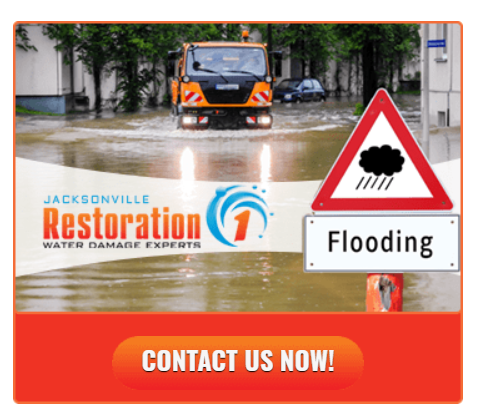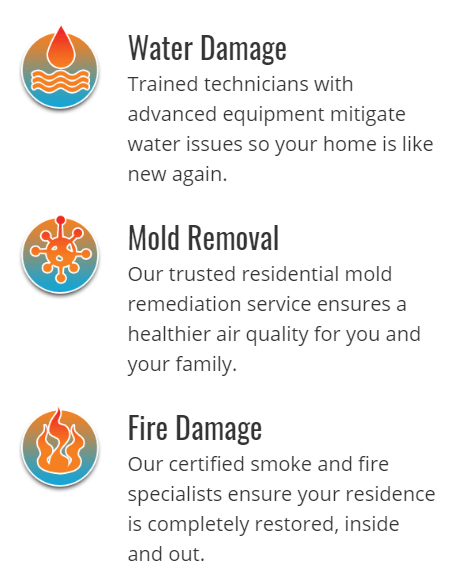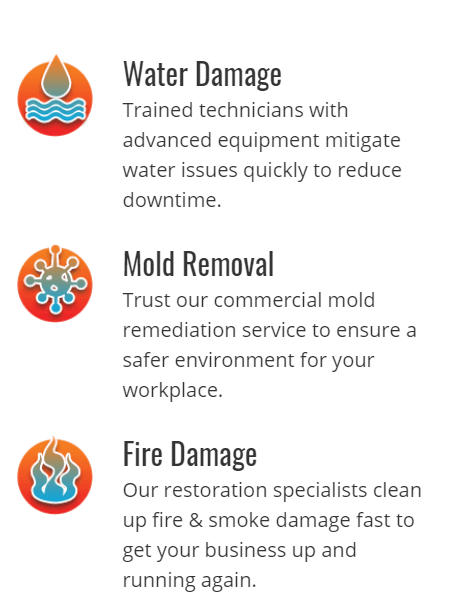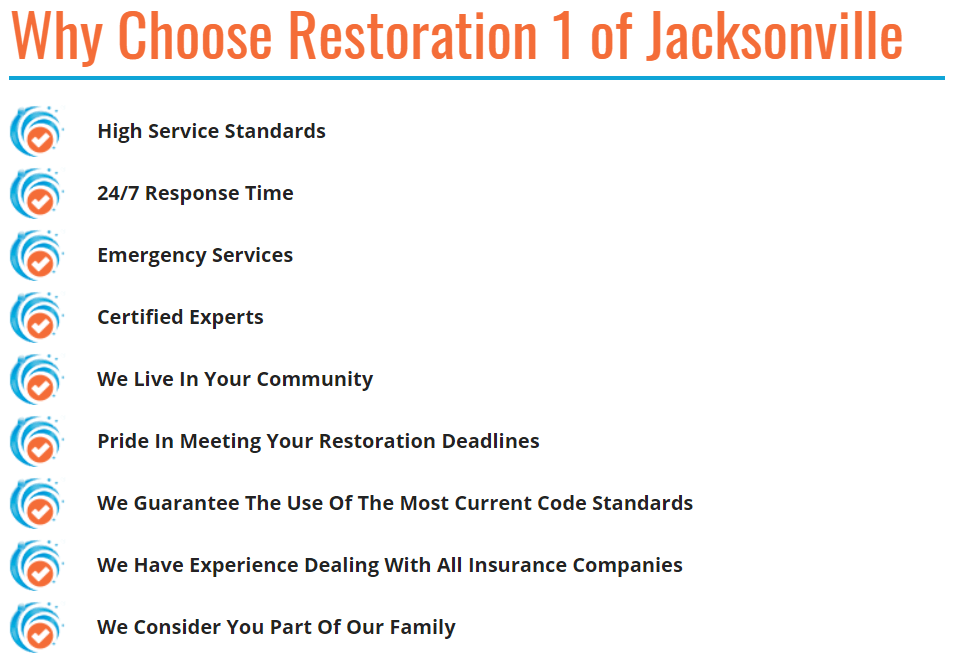Call: 904-543-3844
Call: 904-543-3844
AVAILABLE 24 HOURS A DAY 7 DAYS A WEEK
Recent Blog Posts
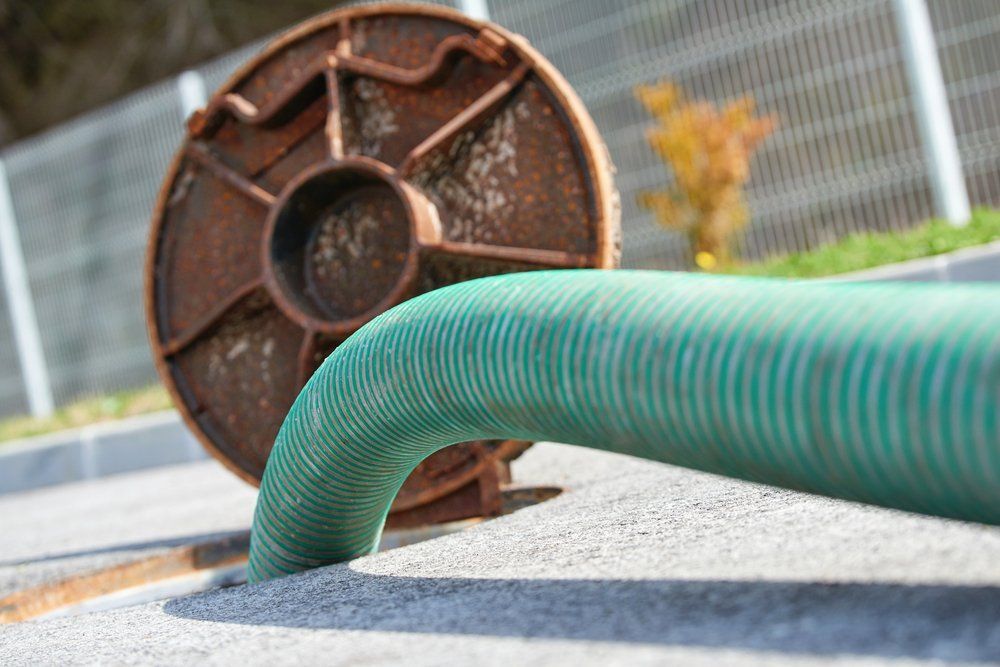
A sewage backup is the one plumbing disaster no one should endure. Typically, an overflow is caused by damage or a blockage within the plumbing line. The water and waste then back up into the home, depositing countless gallons of water and waste into the bathroom. This material is harmful, containing bacteria, viruses, and parasites. As such, any contact can result in severe infection or long-term disease. You need a sewage cleanup professional to deal with the mess. Hiring a local restoration company is the only solution. If you want to save a few bucks, hire an expert instead of DIY cleanup. You’ll save more in the long-run. Sewage Backup – The Dangers and Damage Due to sewage waste containing many harmful organisms, including parasites, bacteria, and even E. coli, the risks are far too high. These contaminants are harmless while in our digestive tract, but when introduced out into the world and then back into our bodies, such as through ingestion or dermatological contact, illness is likely to occur. Perhaps one of the most common diseases caused by sewage contamination is gastroenteritis. This disease causes vomiting, diarrhea, stomach pain, nausea, and worse. The second most common disease is hepatitis, which may cause total liver failure. One of the most common ways to obtain such an illness caused by sewage is through a minor cut or rash on the skin – dermatological contact. Even a small cut can lead to a serious infection. You’ll need medical treatment promptly. Sewage Cleanup Process The sewage cleanup process, when performed by professionals, is thorough. There is no stone left unturned. So, instead of using a mop and bucket and hoping for the best, contact a local restoration company. Assessment – It all starts with a thorough assessment of the damage to determine how far the sewage waste has spread and the ensuing contamination. Removal – Next, the team will start removing the standing water and sewage waste from the area. Salvage – With the contents of the backup gone, the team will focus their attention on your possessions and building materials. Any damaged items will be removed from the area for a thorough cleaning, sanitization, and restoration. Restoration – Finally, the restoration team will repair and restore damaged portions of the property, including flooring, drywall, and carpet. In the event of a sewage backup, find an expert to deal with the situation at Restoration 1 of Jacksonville . We offer 24-hour sewage cleanup when you call 904-543-3844!
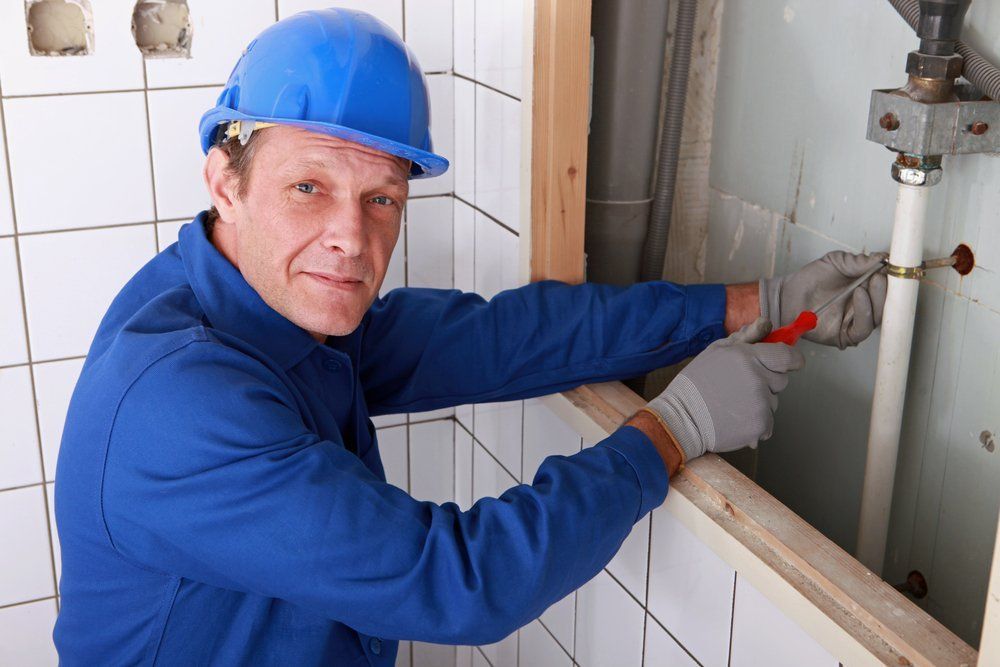
A flooded business can spell devastation for the future. After all, not only are you relying on your company to succeed, but so are your employees and the customers you greet each day. The process for a quick recovery after any type of water damage is straightforward. As the water seeps into the carpet, flooring, furniture, and walls, the need for a water damage restoration professional becomes more necessary than ever before. First, let’s explore the commercial water damage restoration process. This is the step-by-step plan that will put your business back on the map. Commercial Water Damage Restoration Process The commercial water damage restoration process is broken down into six key steps: Step 1: Emergency Contact – Your initial phone call to a local restoration company is the first step in the process. When you call, a team of certified restoration experts is dispatched within an hour. Step 2: Assessment – Next, a full assessment of the property is performed. The team will closely examine the source of your water damage, how it has spread, and what items and materials were affected by the damage. Step 3: Water Removal – The water removal/extraction process involves the use of advanced restoration equipment, such as wet vacuums and pumps, to eliminate standing water from the property. Step 4: Drying and Dehumidification – Once the standing water is extracted, the team will bring in industrial fans, air movers, and dehumidification equipment to dry all affected areas and prevent mold growth. Step 5: Sanitization – With certain types of water damage, sanitization is crucial to prevent the spread of waterborne contaminants. Step 6: Restoration – The final step in the process is restoring the business to its pre-damage condition. This step involves minor repairs, including replacing drywall and installing carpet, as well as major repairs, including reconstruction. Accommodating Businesses When you hire a local restoration company, the team that arrives at your business within an hour will focus solely on accommodating your needs. From the very first estimation to the final step in the restoration process, the team is there to handle your needs. When it comes to water damage, especially black water damage, there are protocols in place to prevent worsening conditions. If you wait, the damage will be far greater. As such, scheduling water damage restoration the moment you notice a problem is ideal. Here at Restoration 1 of Jacksonville, we have a proven track record for helping businesses overcome any type or amount of water damage. Our step-by-step process is guaranteed to provide results in the shortest time possible. For 24-hour water damage restoration , please call us at 904-543-3844 !
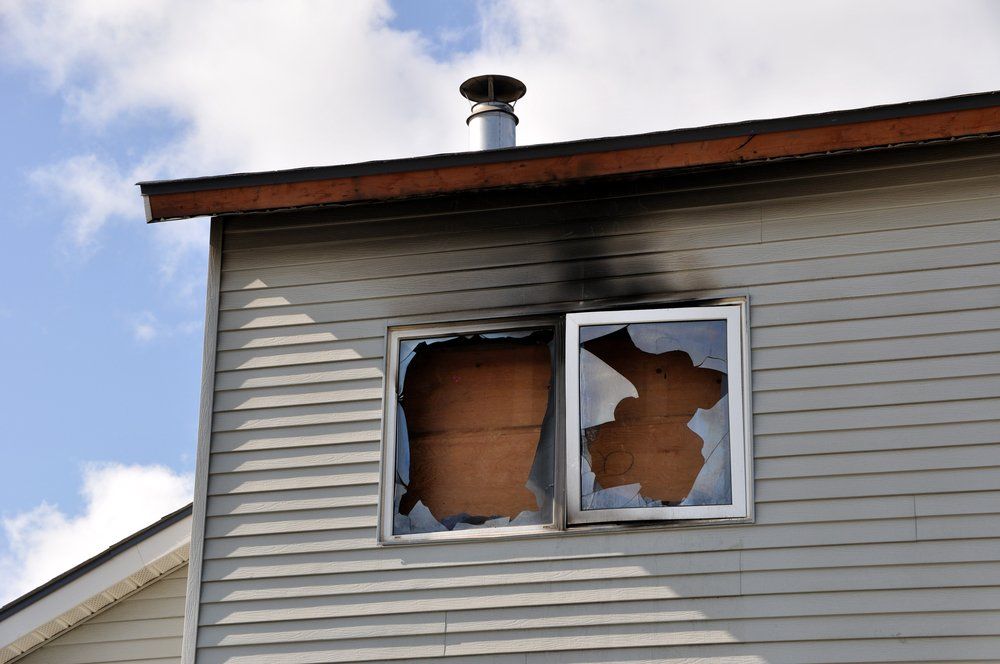
We all know that fire is dangerous. It’s one of the most disastrous forms of property damage imaginable. However, it’s not just the flames that wreak havoc. Once the fire is extinguished and the fire department has left the scene, it’s the ensuing smoke damage, soot, and water damage that continue to pose a problem. Perhaps the worst of all three, smoke damage seeps into your furniture and fabrics within your home, and hides in the air ducts. In these spots, it continues to fester. You’ll notice a persistent, foul odor permeating the air. Your respiratory health may be negatively affected, too. As such, hiring a professional fire & smoke damage restoration company is the only sure solution. Smoke and the Surrounding Environment For the most part, homes are not empty spaces. You have furniture, decorations, and features that would not interact well with smoke damage. Often, smoke can be found in bizarre spots within a home – places you never even thought to consider. For instance, we often find smoke damage in: Enclosed Spaces – If you thought some of the spaces in your home were sealed off, then you thought wrong. It’s common to find smoke damage in dresser drawers, sealed closet spaces, and wall crevices. The molecules become excited by the warm air caused by the fire and rapidly move into such areas. Behind Drapes and Blinds – The temperature difference between your living room, for example, and the space behind your drapes is often quite large. As smoke is inclined to move to a cooler area, it’s common to discover smoke damage behind drapes or blinds. Smoke Damage and Your Health Exposure to smoke damage and soot during the fire restoration process typically occurs via inhalation and ingestion. As the airborne soot particles are nearly invisible to the naked eye, you may be unknowingly breathing in harmful particles every time you enter the property. Once smoke and soot enter the bloodstream, a large number of health concerns arise. For instance, after a fire, homeowners often suffer from respiratory disease, shortness of breath, bronchitis, asthma, stroke, heart attack, and even premature death – all caused by smoke damage. In infants, short-term exposure to smoke and soot have been known to cause developmental disorders. Most often, these disorders are focused on developing respiratory diseases, like asthma of varying degrees and severity. Toxic Materials Found in Smoke Some of the most common toxic materials found in smoke include: Mesothelioma-causing asbestos fibers used in building materials from the 1950s-1980s. Carbon materials producing carbon monoxide, hydrogen, ammonia, nitrogen oxides, and tar. PVC producing hydrogen chloride, phosgene, dioxin, chloromethane, bromomethane, and halocarbons. Sulfur forming hydrogen sulfide, sulfur dioxide, and thiols that cause smoke odors. In the aftermath of a house fire, Restoration 1 of Jacksonville is here 24/7 to help you recover and put your life back on track, please call us at 904-543-3844 !
Your Restoration Experts in Jacksonville
Call: 904-543-3844
Call: 904-543-3844



